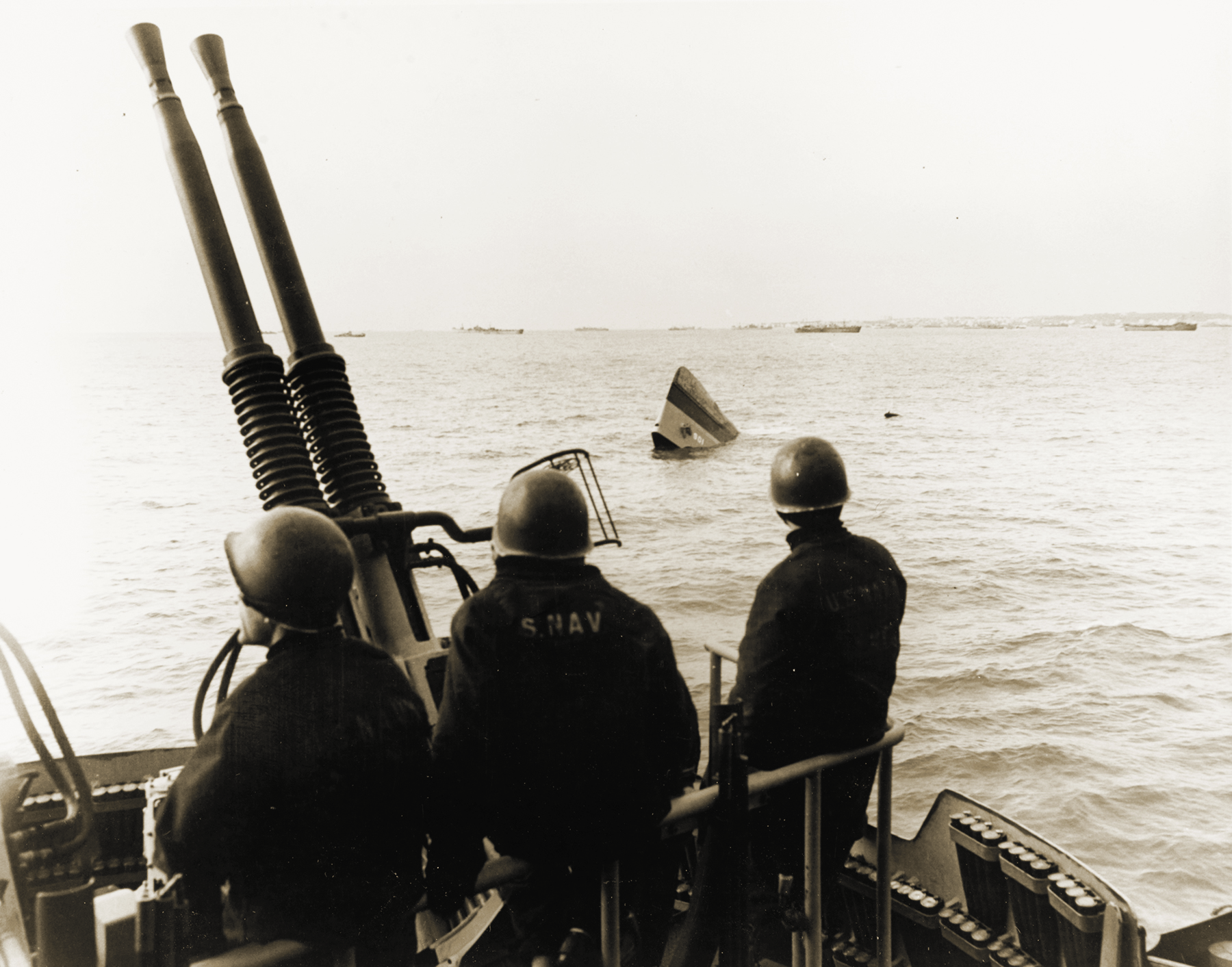The Impact of Operation Shingle during World War II
Many know about the Allied landings in Normandy of June 1944. Less known are the landings that took place several months prior, in Italy. There were in fact three, and were all equally as impactful. The first one was the landing in Sicily on July 10, 1943, the second was the landing in the Gulf of Salerno on Sept. 9, 1943, and the third and final landing on Italian soil during World War II was on Jan. 22, 1944, a few minutes after midnight. Codenamed Operation SHINGLE, this two-division landing was an attempt to break the stalemate in Italy.
Landing approximately 40 miles from Rome near the coastal cities of Anzio and Nettuno, 36,000 members of the combined British and American VI Corps, poured ashore on D-Day, swelling to about 100,000 in the following weeks to consolidate a beachhead that turned out to be a “trench” extended for about five months.
SHINGLE had not been part of the Allies’ original plans for the liberation of Italy, but following the early Salerno landings, Allied forces struggled up the Italian peninsula and by the end of 1943 were stymied in front of the heavily fortified “Gustav Line” Various plans for an additional amphibious landing had been proposed as early as October 1943, but had been cancelled due to lack of troops and especially landing craft. A final version of the plan was reborn, at the urging of Churchill, in meetings held at Marrakesh, Morocco in early January1944. Importantly, this final plan reduced the initial force committed from five divisions to two. The Allies hoped this landing would force the Germans to pull troops off of the Gustav Line, allowing the Fifth and Eighth Armies to break through and, if all went well, destroy the now encircled Germans.
The operation did not prove to be as lightning fast as planned by the U.S. and British General Staff, and the landing force was quickly hemmed in by German reinforcements while the Gustav Line remained unbroken. Rather than cutting off the Germans, the Allies found themselves clinging to a narrow beachhead in fighting that at time resembled the trenches of World War I more than the quick and decisive strike to Rome they had hoped for. Instead of enabling the Allies in the south to break the Gustav Line, it was the Allied reduction of the Gustav Line in May 1944 that eventually allowed the VI Corps to break out of their beachhead and to liberate Rome on June 4, 1944.
Operation SHINGLE was not only important for the liberation of Italy, but also served as an important predecessor to the more famous D-Day landings in Normandy that occurred only two days after the fall of Rome. The landings at Anzio drew in German reinforcements from across Europe, weaking the garrison that was to defend northern France. The long and bloody Allied campaign that liberated Italy also contributed to the success of campaigns elsewhere in Europe.
On Jan. 22, 2022, the Sicily-Rome American Cemetery commemorated the 78th anniversary of the landings and paid tribute, through a ceremony and temporary exhibit, to the service members who took part in the operation, and those who are buried and memorialized at this site.

